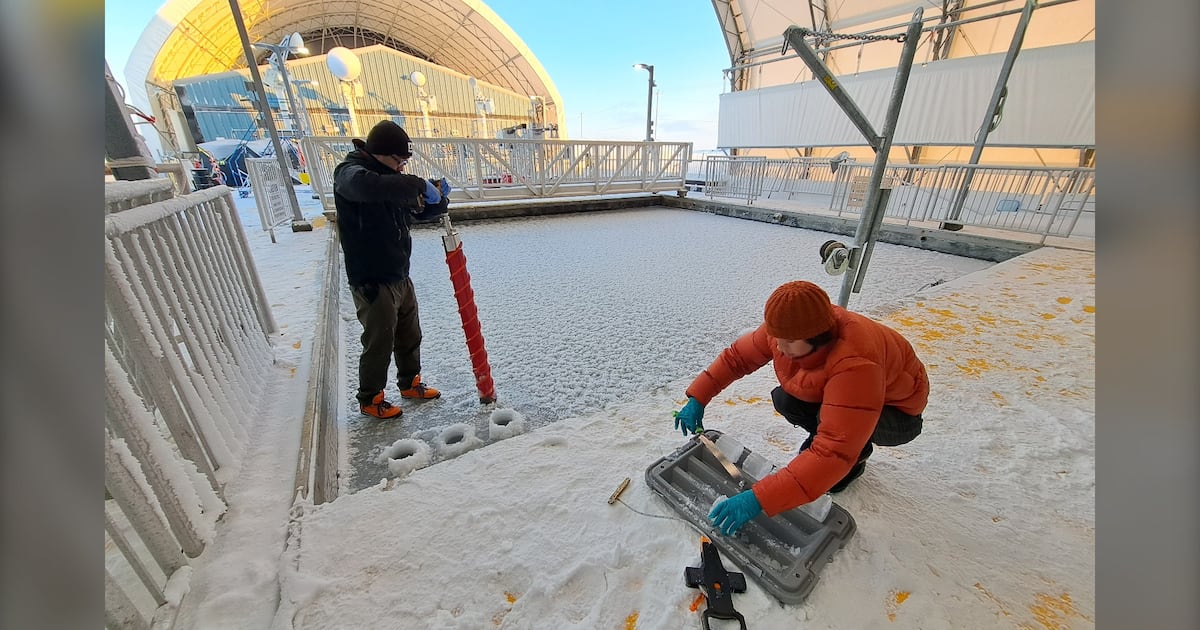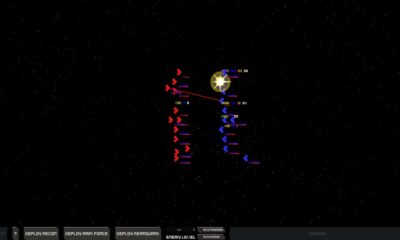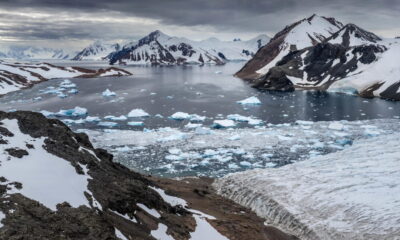Science
Manitoba’s Churchill Marine Observatory Marks One Year of Research

A multidisciplinary research facility in Churchill, Canada, dedicated to advancing Arctic science, is approaching its one-year anniversary. The **Churchill Marine Observatory (CMO)** officially opened on **August 27, 2024**, with the aim of addressing complex questions that carry significant socioeconomic implications. Dr. **Feiyue Wang**, project lead and professor at the **University of Manitoba’s** Clayton H. Riddell Faculty of Environment, Earth, and Resources, emphasized that the CMO’s establishment has positioned Manitoba prominently in the realm of marine research.
The approximately **$45 million** facility enables a variety of studies by drawing seawater from both the **Hudson Bay** and the mouth of the **Churchill River**. Dr. Wang noted, “This kind of arrangement allows us to do experimental studies, to study different scenarios as the Hudson Bay environment areas are going through rapid change.” This innovative setup facilitates the testing of various scenarios to gather knowledge crucial for preparing the region for environmental shifts.
Dr. Wang, trained in aquatic chemistry, explained that the CMO focuses on risk reduction and mitigation strategies, particularly regarding oil spill responses. The facility also conducts research on freshwater and its impact on the marine ecosystem within the Hudson Bay. In addition to the main facility, strings equipped with numerous sensors are positioned along the bottom of the Churchill River and Hudson Bay. These sensors allow researchers to monitor both physical and biological properties of the water effectively.
Mobility for sampling and monitoring is provided by the research vessel **William Kennedy**. Although many projects are still in progress, the CMO has already supported three significant research initiatives from **November 2024 to February 2025**. One of these studies investigated the initial stages of thin ice formation and involved collaboration with researchers from **Denmark**. Another project examined the ability of natural microorganisms to degrade oil in ice-covered waters, which is critical in the event of an oil spill. Dr. Wang indicated that data from this study, led by a colleague, is currently being analyzed, with plans for a continuation this winter.
Looking ahead, Dr. Wang expressed a desire for increased participation from Indigenous researchers and community members. He highlighted the importance of local involvement, noting that the facility’s full-time technician is a resident of the northern town. “Folks who live there, who call that region home, are the ones who are going to be more invested in it,” he remarked. Dr. Wang aims to enhance community engagement, stating, “We’ve already incorporated that to some extent, but I’d like to see that really become more prominent in the overall research direction of the CMO.”
As the CMO prepares for its second year, it stands as a beacon of scientific progress in Arctic research, with the potential to influence environmental policy and community resilience in the face of climate change.
-

 World3 months ago
World3 months agoScientists Unearth Ancient Antarctic Ice to Unlock Climate Secrets
-

 Entertainment3 months ago
Entertainment3 months agoTrump and McCormick to Announce $70 Billion Energy Investments
-

 Lifestyle3 months ago
Lifestyle3 months agoTransLink Launches Food Truck Program to Boost Revenue in Vancouver
-

 Science3 months ago
Science3 months agoFour Astronauts Return to Earth After International Space Station Mission
-

 Technology2 months ago
Technology2 months agoApple Notes Enhances Functionality with Markdown Support in macOS 26
-

 Top Stories1 week ago
Top Stories1 week agoUrgent Update: Fatal Crash on Highway 99 Claims Life of Pitt Meadows Man
-

 Sports3 months ago
Sports3 months agoSearch Underway for Missing Hunter Amid Hokkaido Bear Emergency
-

 Politics2 months ago
Politics2 months agoUkrainian Tennis Star Elina Svitolina Faces Death Threats Online
-

 Technology3 months ago
Technology3 months agoFrosthaven Launches Early Access on July 31, 2025
-

 Politics3 months ago
Politics3 months agoCarney Engages First Nations Leaders at Development Law Summit
-

 Entertainment3 months ago
Entertainment3 months agoCalgary Theatre Troupe Revives Magic at Winnipeg Fringe Festival
-

 Politics1 week ago
Politics1 week agoShutdown Reflects Democratic Struggles Amid Economic Concerns





















